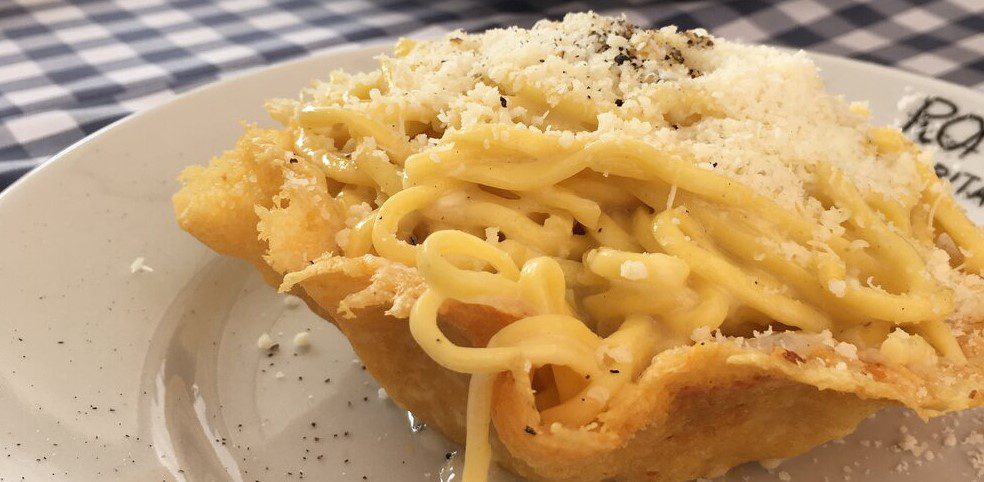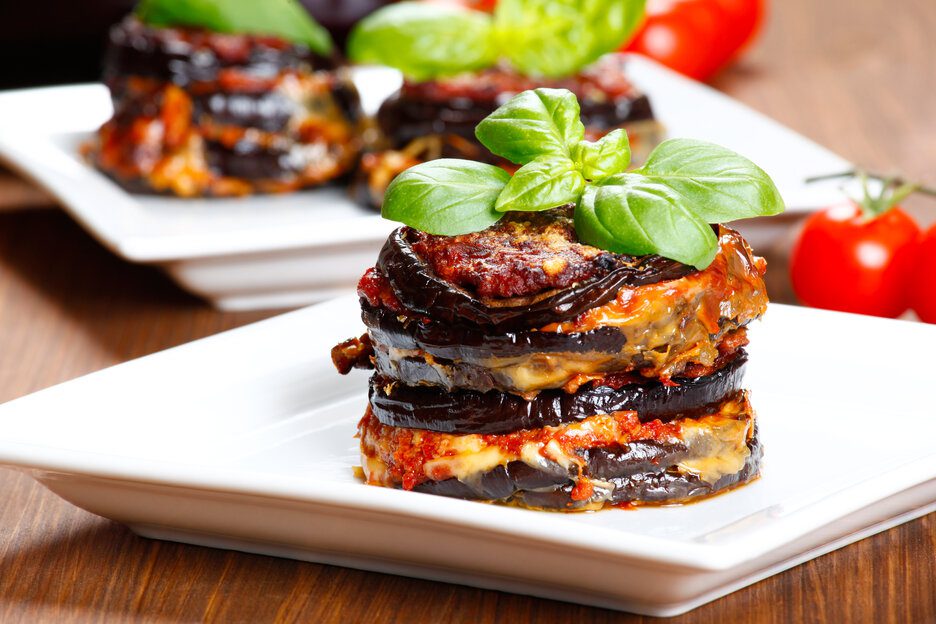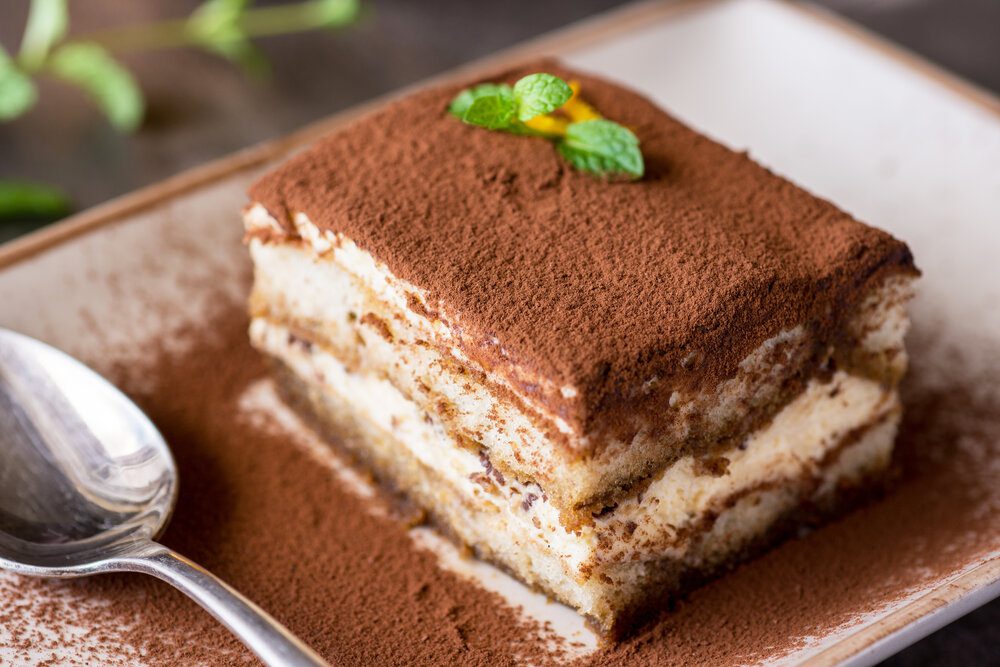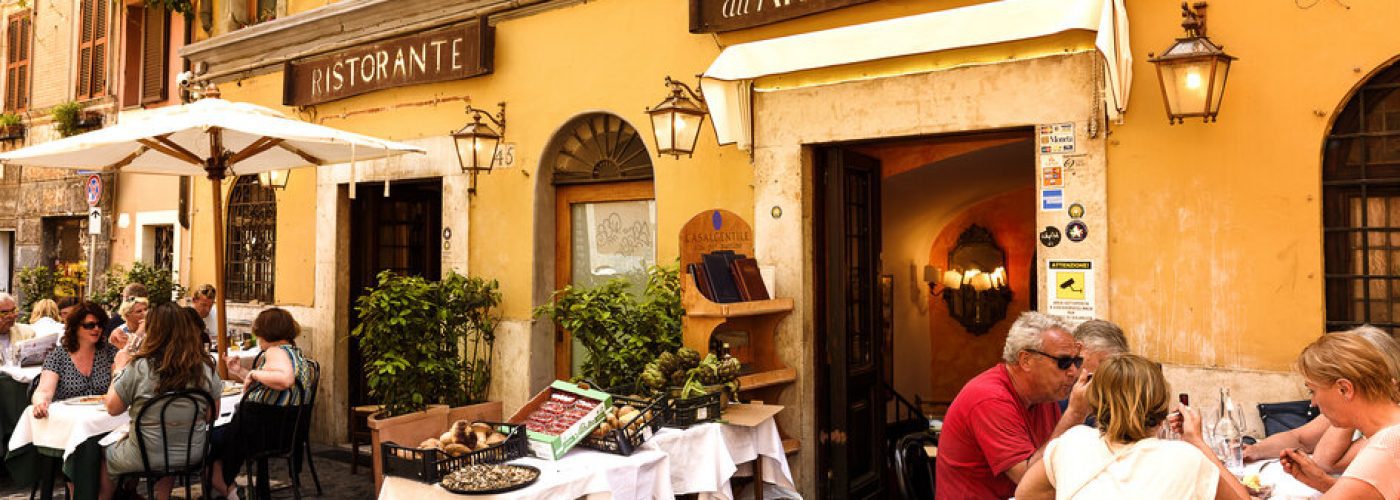The What, When and How When it Comes to Ordering from a Roman Menu
We believe that discovering things on your own when you’re on vacation can be half the fun, but we also like to give you tips on how to make your experience more enjoyable. One of the most common questions that we get asked is about a Roman menu. How do I order? What do I order? Do people eat an antipasti and a primi and a secondi? What about vegetables? What are all these foods?
So, without further ado, the menu at a typical Roman Trattoria, explained.
A Roman menu will almost always be broken into sections. The most common menus will have: antipasti, primi, secondi, contorno, dolce. Sometimes you’ll see an extra section for pizza, or different types of starters (cold starters, warm starters, fried starters), but the basics are as listed above.

Antipasti (Starters)
All good meals open with antipasti, and these are typically ordered to be shared at a Roman trattoria. You might get a combination of salumi e formaggi with an assortment of local cured meats and cheeses. Expect prosciutto crudo, a few hard sheep cheeses and much more. To try mozzarella di bufala we recommend it with melon or in a caprese salad. Rome also has many famous fried starters. We can’t get enough fiori di zucca with creamy mozzarella and a dollop of anchovy stuffed inside a fresh zucchini flower and then batter fried. Suppli is another popular choice, fried risotto with cheese inside that melts as you devour the crispy Roman specialty.

Primi (First Course)
A primi literally just means a first course. The typical primi selection will include the four typical Roman pastas and an assortment of other pasta specialties. Expect to find ravioli stuffed with spinach and fresh ricotta or a plate of spaghetti alle vongole, spaghetti dressed with delicious fresh clams and a sprinkle of parsley. There will often be a risotto and occasionally a soup. The four most famous Roman pasta dishes are as follows: spaghetti alla carbonara, amatriciana, cacio e pepe and alla gricia. If you are two people enjoying a meal together, you might consider sharing a pasta dish and a secondo to try as many specialties as possible.

Secondi (Main Course)
The Roman menu will continue with a selection of main courses or secondi. These are typically dishes that contain meat and fish, although you often can find a vegetarian-friendly eggplant parmesan or a cheese and vegetable dish. Rome is famous for its offal, meals made up of the typically discarded organs- called the quinto quarto in Rome, or the fifth-quarter. Expect the menu to feature trippa (tripe) as well as coda alla vaccinara (stewed oxtail). If you’re feeling a little less than adventurous you can try the famous pollo alla cacciatora (chicken cooked with onions, tomatoes, bell peppers and spices) or order a good old-fashioned serving of meatballs.
Don’t expect to find spaghetti and meatballs on an Italian menu! The dishes are served separately and the combination is only famous outside of Italy. If you’re craving some veggies you can refer to the separate contorni menu, which is where you’ll find sides. Expect delicious roasted potatoes, Roman cicoria (a bitter green served either stir-fried with hot pepper or boiled with squeeze of lemon), spinach and roasted veggies, among other options.
As you can see, unlike in many North American restaurants, you are not likely to find a plate that features vegetables, meat and a starch. Once you understand the basics, you’ll be able to order like a pro.

Dolce (Dessert)
We trust that you’ll be able to figure out the dessert menu! You can’t go wrong with a classic tiramisu, but the other options can always tempt us to decide to get a few extra desserts when we’re out to eat. If you drink, consider getting a limoncello or a grappa to cleanse your palate after your meal. The Italians are big proponents of a digestive drink after a big meal, and who are we to argue with their rules?
Of course, not all Roman menus are the same, but if you want an authentic Roman experience, we recommend printing this handy guide and taking it with you on your first night out at a classic Roman restaurant. Buon appetito!


